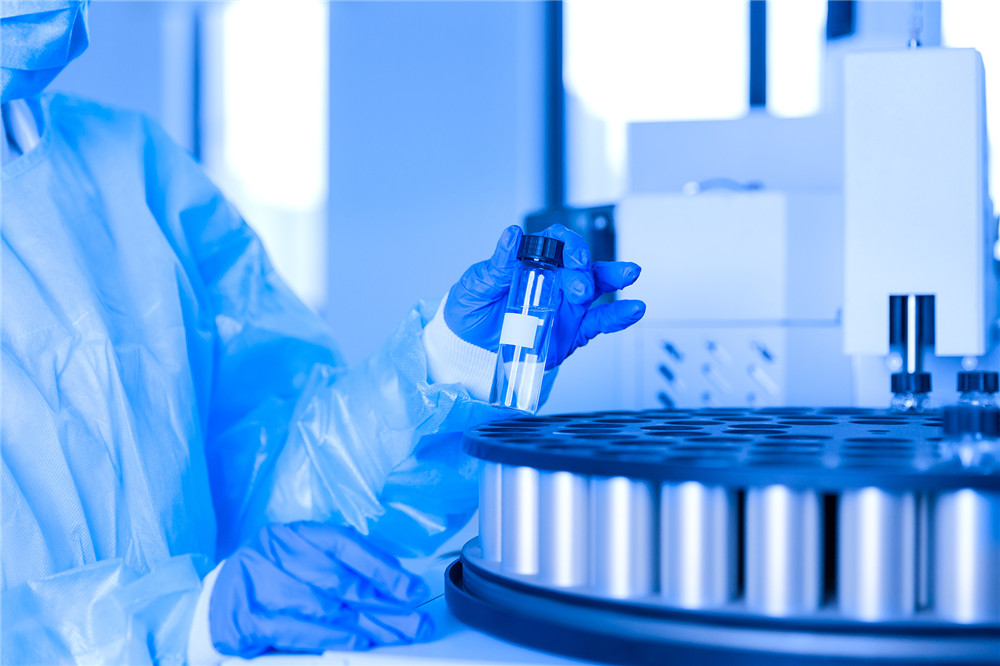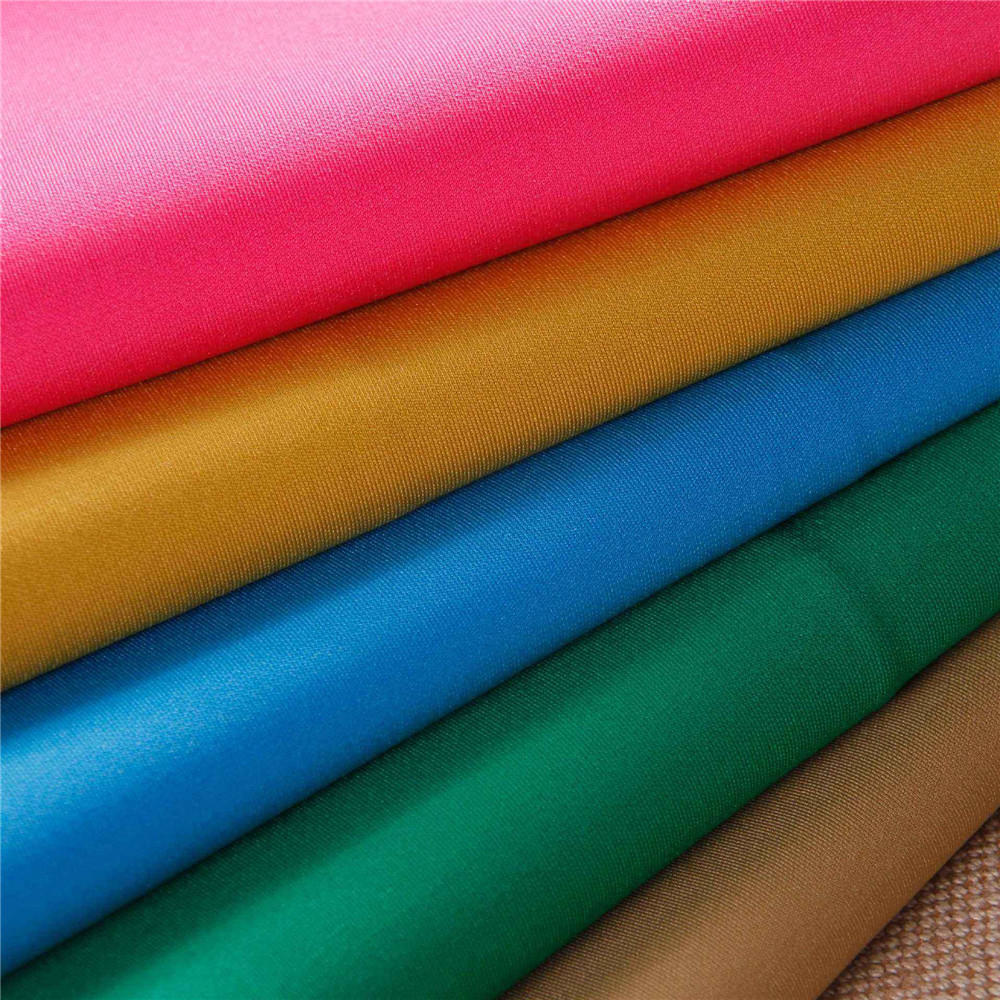In recent years, due to the continuous development of fiber industry and the increasingly strict requirements of ecological textile standards, textile dyeing and finishing auxiliaries have developed greatly. At present, the development of dyeing and finishing auxiliaries has the following trends.

Developing environmentally-friendly textile auxiliaries
With the improvement of living standard, people have higher and higher requirements for green textile and environmental ecological protection. Therefore, environmentally-friendly auxiliaries have become the main direction of research and development of auxiliary industry. In addition to the fastness and application performance required by the industry, environmentally-friendly textile auxiliaries must also meet some specific quality index, as good safety, biodegradability, removable property and small toxicity. Also the content of heavy metal ions and formaldehyde cannot exceed the limit value. And they must contain no environmental hormone, etc.
Developing auxiliaries suitable for new textile fiber and new dyeing and finishing technology
In recent years, new type textile fibers, such as microfiber, profiled fiber, Loycell, Modal, PTT fiber, polylactic acid fiber, soybean fiber and various kinds of complex fibers and functional fibers are constantly developed and applied. That needs to develop a series of new dyeing and finishing processing technology. Meanwhile, new requirements for dyeing and printing auxiliaries are also put forward. It is necessary to develop a series of special auxiliaries suitable for all kinds of new fibers and new processes. Furthermore, in order to meet the requirements of environmental protection and energy saving, low-temperature plasma technology, inkjet printing technology, cold pad batch three-in-one pretreatment technology and superheated steam continuous dyeing technology, etc. have been developed and applied, which also requires the corresponding auxiliaries to match it.

Strengthening the development of basic products and raw materials for dyeing and finishing auxiliaries
In the producing of dyeing and finishing auxiliaries, surfactants, high-molecular compounds and organic intermediates are the main components or main raw materials. The development of these basic products and raw materials is stimulative for the development of new dyeing and finishing auxiliaries. Surfactants are widely used in dyeing and finishing auxiliaries. In recent years, some good surfactants such as APEO, etc. have been banned because of safety problems. The demand for developing new surfactants that are safe, biodegradable and friendly to human body and environment is becoming more and more urgent. In addition, the development and application of some new type surfactants, such as Gemini surfactant, fluorochemical surfactant, organosilicon surfactant and high-molecular surfactant will improve the overall level of dyeing and finishing auxiliaries. High-molecular compounds are also the components widely used in dyeing and finishing auxiliaries. For the sake of decreasing the influence on environment, the transformation from solvent type macromolecule to water-based macromolecule should be a developing direction of using macromolecule in dyeing and finishing auxiliaries. It is also significant to develop some high-molecular compounds with new structure.
Promoting the research and application of biological enzyme preparations
Biological enzyme preparation has the characteristic of catalyzing efficiently and specifically. There are various kinds of enzymes, which can be applied in each process of dyeing and finishing. Using it to replace the traditional chemical materials in dyeing and finishing process can achieve the purpose of reducing consumption of raw material, energy and water, improving production efficiency, decreasing production cost and promoting the cleaner production in dyeing and printing industry. Moreover, enzymes are natural products. They are completely biodegradable and do no harm to the environment. The development and utilization of biological enzyme preparations in dyeing and finishing process is of great significance to promote the progress of the industry.

Applying new technology in auxiliaries development
The development and application of dyeing and finishing auxiliaries involve a wide range of technical fields. Making full use of new theories and new technologies of other disciplines will benefit the development of dyeing and finishing auxiliaries. The latest development of computer technology, surface and colloid chemistry, polymer chemistry and physics and fine organic chemistry, etc. can be applied to the research and production of textile dyeing and finishing auxiliaries. For example, microemulsion preparation technology, soap-free emulsion polymerization, core-shell emulsion polymerization, sol-gel technology, high efficiency catalysis technology and nanotechnology, etc. also have been widely applied in the development of new dyeing and finishing auxiliaries. Formulation and synergistic technology has always been an important means for the development of dyeing and printing auxiliaries. For example, the combination of anionic and non-ionic surfactants and various additives can get a scouring agent with excellent performance. And the combination of amino silicone softener and polyurethane prepolymer can get high-grade finishing agent with not only excellent softness and smoothness, but also good flexibility, plumpness and water absorption. With the development of science, people make a deep study on combination technology and make it to be a specialized theoretical system. It will make the preparation of dyeing and finishing auxiliaries develop towards the direction of scientific combination, making the composition of auxiliaries more reasonable and the synergistic effect more significant.
Post time: Jul-08-2019

